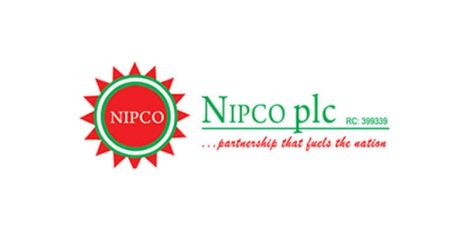The Ghanaian cedi’s performance against major international currencies on Wednesday, June 25, 2025, presented a nuanced picture, with variations observed across different market segments. Cedirates.com, a trusted source for currency data in Ghana, reported an average buying rate of GHS10.38 and a selling rate of GHS11.03 for the US dollar. This indicates a slight depreciation of the cedi against the dollar compared to previous periods. Forex bureaus, which cater to individual transactions, quoted wider spreads, with dollar buying rates at GHS12.20 and selling rates at GHS12.50. This difference reflects the higher margins typically charged by these entities to cover operational costs and profit generation. The Bank of Ghana’s interbank market, where larger transactions between financial institutions occur, showed a narrower spread, with buying and selling rates of GHS10.29 and GHS10.31, respectively. This suggests a more stable and liquid market at the interbank level.
The cedi also faced varying exchange rates against other major currencies. Against the British pound, forex bureaus quoted buying rates of GHS13.84 and selling rates of GHS14.69, again with a wider spread than the interbank market. The Bank of Ghana’s interbank rate for the pound stood at GHS14.03, indicating a relatively stronger cedi in this market segment. Similarly, the euro traded at GHS11.94 for buying and GHS12.65 for selling at forex bureaus. The interbank rate for the euro was GHS11.96, closer to the bureau buying rates but lower than their selling rates. These variations highlight the different market dynamics and pricing strategies employed by various players in the foreign exchange market.
The remittance market, a crucial component of Ghana’s economy, provided competitive exchange rates for Ghanaians receiving money from abroad. LemFi and Hurupay offered attractive rates for dollar remittances from the US or UK, with LemFi quoting GHS10.25 and Hurupay at GHS10.35. These rates are generally more favorable than those offered by traditional banks or forex bureaus, highlighting the competitive landscape of the remittance sector. For pound remittances, LemFi offered GHS14.00, while Afriex provided a slightly higher rate of GHS15.92. Afriex also quoted GHS13.59 for euro remittances, while LemFi’s euro rate was GHS11.91. These differences underscore the importance of comparing rates from different remittance providers to secure the best possible value.
The digital subscriptions market, increasingly relevant in today’s connected world, also saw specific exchange rates applied for payments using Visa and Mastercard. For services like Netflix, Spotify, and Apple Music, payments processed via Visa incurred an exchange rate of GHS11.13, while Mastercard transactions were processed at GHS11.07. This slight difference likely reflects the varying fees and processing charges associated with each card network. Understanding these distinctions allows consumers to make informed decisions when choosing payment methods for online subscriptions.
The overall picture of the Ghanaian cedi’s performance reveals a complex interplay of market forces, with variations observed across different segments. The interbank market generally offers tighter spreads and potentially more favorable rates, particularly for larger transactions. Forex bureaus provide accessibility for smaller transactions but often come with wider spreads, reflecting their operational costs. The remittance market presents a competitive landscape, with specialized providers offering attractive rates for international money transfers. Finally, the digital subscriptions market showcases the specific exchange rates applied by card networks like Visa and Mastercard. By understanding these dynamics, individuals and businesses can navigate the foreign exchange market more effectively and secure optimal rates for their transactions.
The observed variations in exchange rates across different market segments highlight the importance of considering the specific context of each transaction. For larger sums, exploring interbank rates or negotiating with banks may offer better value. For smaller, immediate needs, forex bureaus provide convenience despite their higher margins. Remittances benefit from the competitive landscape of specialized providers. Finally, for digital subscriptions, awareness of the card-specific rates can lead to marginal savings. This nuanced understanding of the foreign exchange market empowers individuals and businesses to make informed decisions and optimize their financial outcomes.














